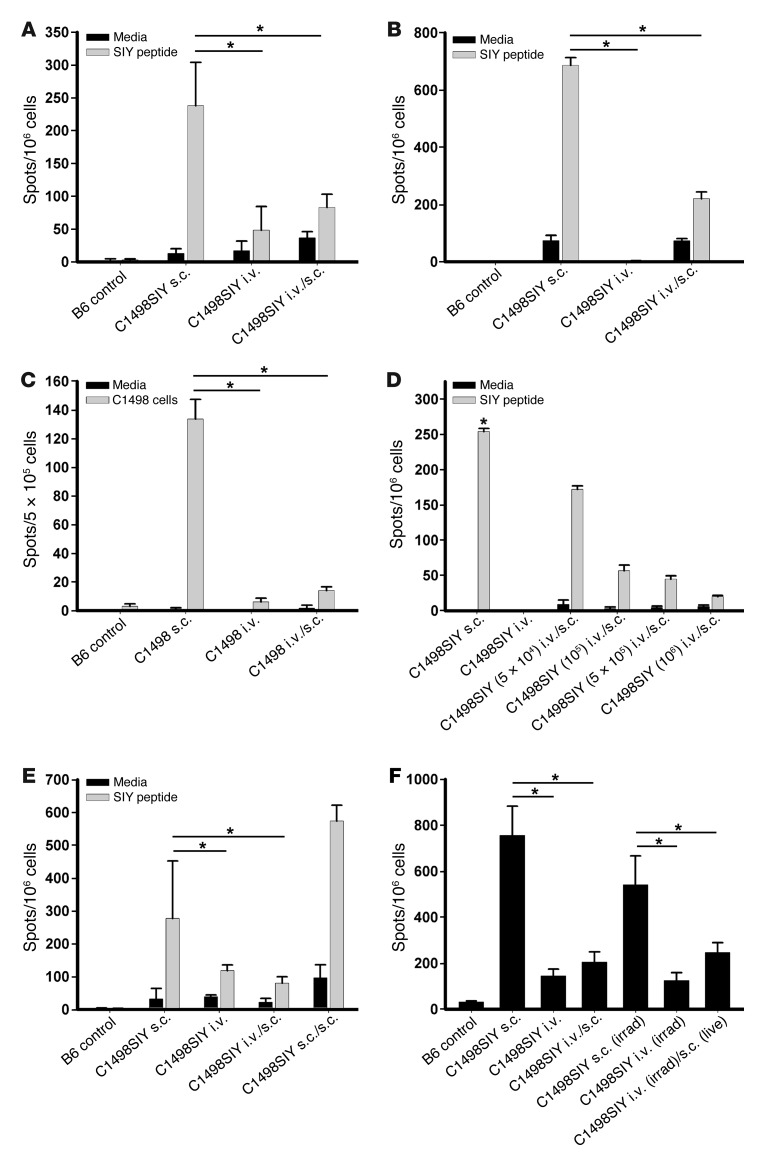Figure 2. Inoculation of C1498.SIY cells i.v. generates a T cell–dysfunctional state.
(A and B) C1498.SIY cells were inoculated into C57BL/6 mice i.v., s.c., or i.v./s.c. Spleen (A) and LN (B) cells were restimulated 6 days later with media or SIY peptide, and IFN-γ ELISPOT was performed. *P < 0.05. Data are representative of 3 independent experiments with 3 mice/group. (C) 6 days after inoculation of control C1498 cells i.v., s.c., or i.v./s.c., LN cells were restimulated with media or irradiated C1498 cells in an IFN-γ ELISPOT assay. *P < 0.05. (D) Indicated numbers of i.v. C1498.SIY cells were introduced on day –6, followed by 106 s.c. C1498.SIY cells on day 0. On day 6, IFN-γ ELISPOT was performed. *P < 0.05 versus all other groups. (E) Mice received C1498.SIY cells as in A. A fourth group received s.c. C1498.SIY cells in one flank on day –6, and the opposite flank on day 0 (s.c./s.c.). IFN-γ ELISPOT was performed on day 6. *P < 0.05. (F) Live or irradiated C1498.SIY cells were inoculated i.v., s.c., or i.v./s.c., and IFN-γ ELISPOT was performed. *P < 0.05. (C–F) Data are representative of 2 experiments with 3 mice/group.

